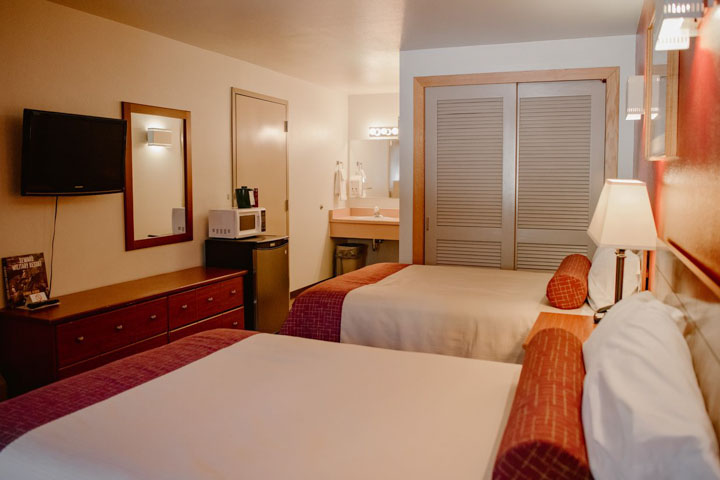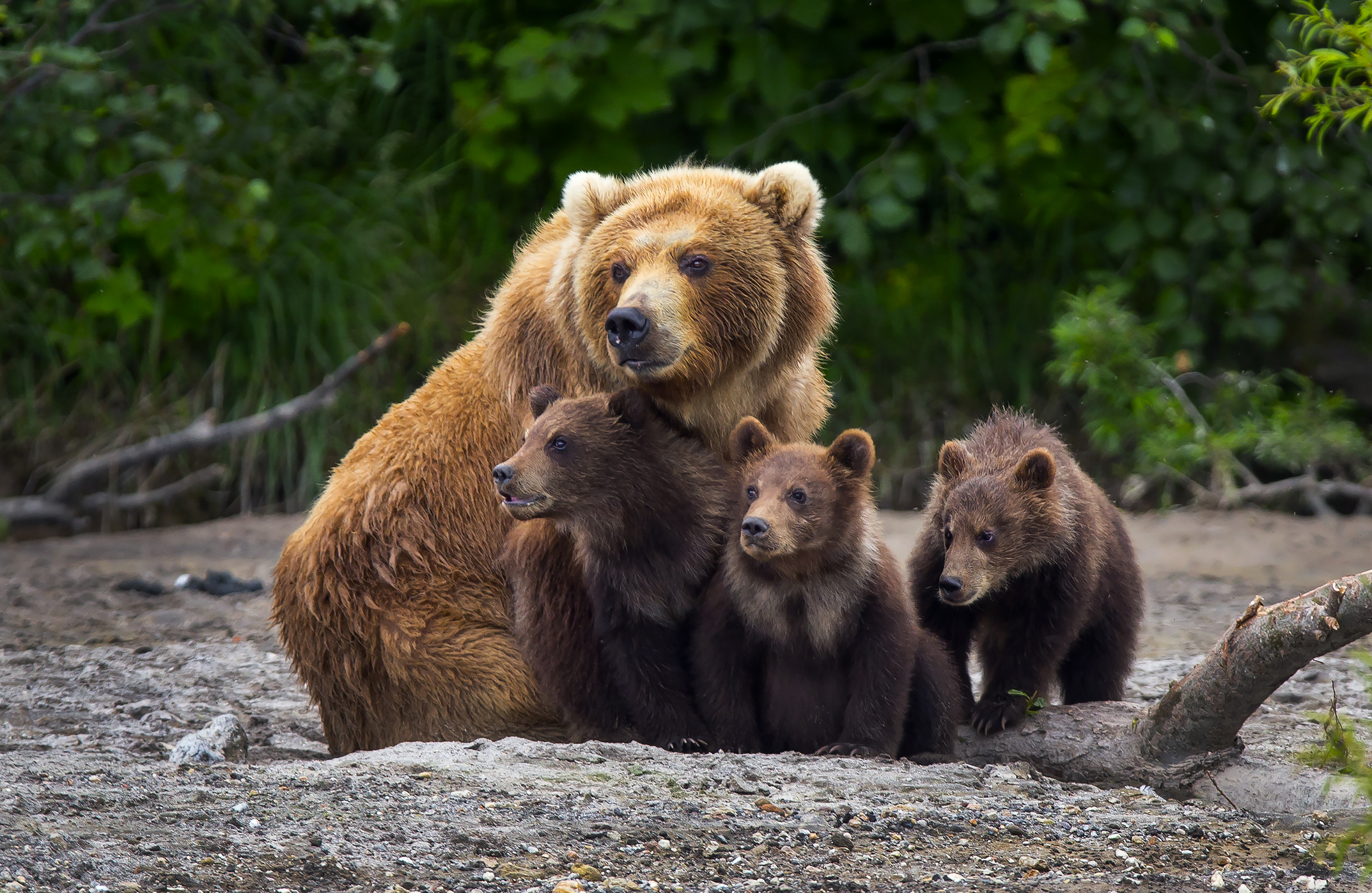Welcome to Seward Military Resort!
Alaska’s Ultimate Recreation Destination for Military Members and their families!
The Seward Military Resort will be undergoing renovations in several areas of the property during the months of June, July & August 2024. Due to these renovations, the fish houses will be available for fish packing only. NO fish cleaning will be available onsite. Please utilize the City of Seward cleaning stations, located at the city dock, to clean your catch. You may then bring your prepared catch back to the resort to package and freeze. Please be mindful of your surroundings as there will be heavy equipment and areas under construction during your stay. We appreciate your patience while we continue to sustain and improve the Seward Military Resort.
Seward Military Resort is a Morale, Welfare and Recreation facility serving members of the U.S. Armed Forces and their families.
Enjoy the wonders of Alaska from your relaxed home base at Seward Military Resort.
Room check-in is after 3 pm, and check-out is at 11 am. Yurt, tents, and RVs check-in is after 1 pm. Check-out is at Noon.

Experience heart-pounding encounters with whales and moose. Enjoy a fishing expedition unlike any other in the world. Explore the unique marvels of Alaska by kayak, tour boat, zipline, snowshoe – and more.
